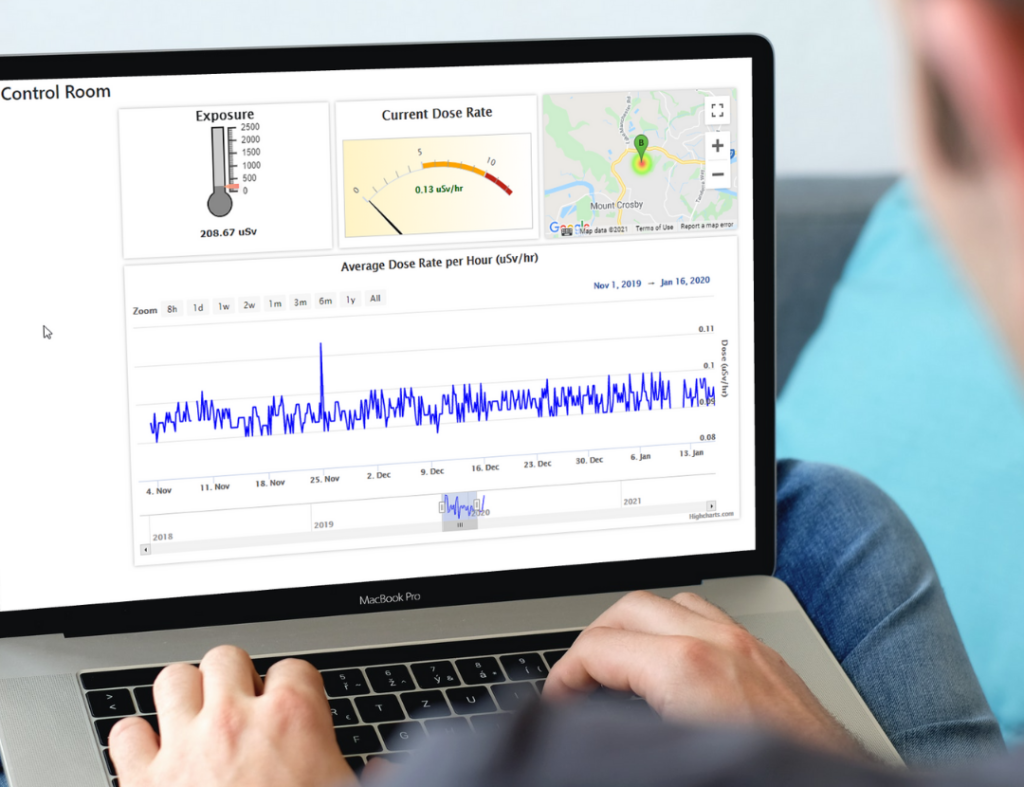Radiation plays a crucial role in different medical procedures and treatments.
Ionising radiation, for example, is commonly used in medical imaging and cancer treatment. X-rays use radiation to create images of internal structures and diagnose bone fractures, abnormal masses and other medical conditions.
Non-ionising radiation, on the other hand, is generally considered less harmful because it uses lower energy levels. Applications include ultrasound and magnetic resonance imaging (MRI).

Because of the potential risks associated with radiation exposure, medical facilities follow strict protocols for radiation safety, including limiting the radiation dose to the lowest possible level for effective diagnosis or treatment.
According to the Australian Radiation Protection and Nuclear Safety Agency, the typical causes of medical radiation incidents are:
Human Error
Most medical radiation incidents happen because of human error.
In some cases, it’s purely accidental. Other times, it’s when standard procedures are not completely followed because there are other ways perceived to be more efficient and fast.
An example of a skipped procedure is verification of prescribed treatment. Is the treatment described in patient notes and booking systems the same?

Miscommunication can also lead to a medical radiation incident. A patient’s medical condition like deafness or Alzheimer’s disease and misreading requests by medical staff can affect the administered treatment.
Patient Factors
Patients may fail to disclose relevant medical history—the most common one is pregnancy status which can determine whether the radiological procedure should be taken or not.

Fear and anxiety can also make a patient move in the middle of the procedure, leading to inaccurate results or unintended radiation exposure to healthy tissues. Some also decide to not continue with the procedure after it has started so the radiation dose that they’ve received has no clinical benefit anymore.
Technology Factors
Equipment and IT failures fall under this category of medical radiation incident causes. Software glitches, hardware failures, or calibration issues can lead to inaccurate dosages or improper radiation targeting.

Automated processes should always be reliable to avoid patient positioning errors and incorrect radiation delivery. Cybersecurity is also a concern—only authorised personnel should have access to radiation equipment.
Organisation Factors
When the whole system is not working, more individual human errors will occur. All staff should be reminded of the correct procedures and retrained if needed.
Work overload should be prevented as it increases chances of committing an error in a medical radiation procedure.

Mitigating Errors in Medical Radiation
Healthcare workers should receive proper training about radiation safety procedures and protocols. There should be a structured approach that each worker follows accurately. Double-checking and verification steps should not be skipped.
Healthcare facilities are also subject to strict regulations and guidelines regarding radiation safety. With regular monitoring, they can demonstrate compliance with these regulations, avoiding penalties and maintaining the trust of regulatory bodies.
Real Time Radiation Monitoring in Medical Facilities
SensaWeb is passionate about making people feel safe and assured in their workplace. By providing radiation monitors with clear visualisation of that data to medical facilities, we can help health organisations and the communities around them be confident in their safety and the benefits of imaging technologies.

If you’re looking for area radiation monitors or personal radiation monitoring devices, you can count on SensaWeb. With our monitors, you can easily detect and interdict radioactive materials.
Connect with us here or at our email address: info@sensaweb.com.au. You can also call us at +61 415 409 467.